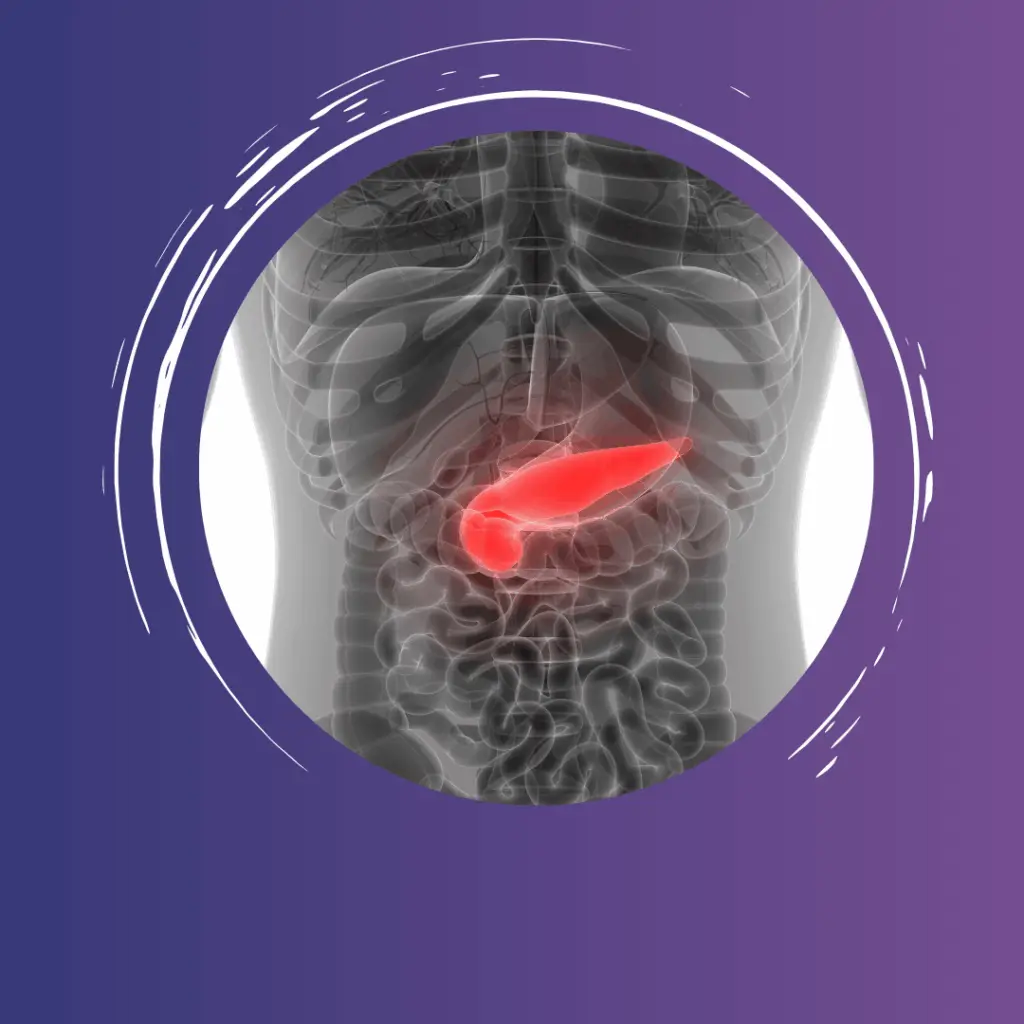



Join our mailing list for the latest news and events. We assure you that we will not send unnecessary emails.
(914) 263-7968
info@precedefoundation.org
Debbie Brandel
PO Box 207
Red Hook, NY 12571

October 28, 2025 | 6pm-10pm | Tribeca Rooftop
Your donation directly supports this groundbreaking work, including the infrastructure, scientific collaborations, and patient-focused efforts that are accelerating early detection tools with the potential to raise survival rates from 13% to 50%.